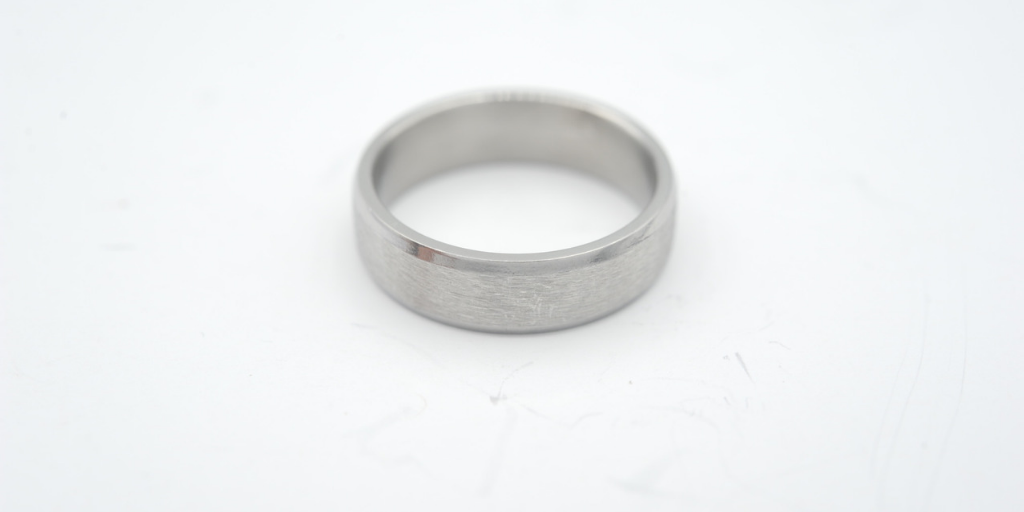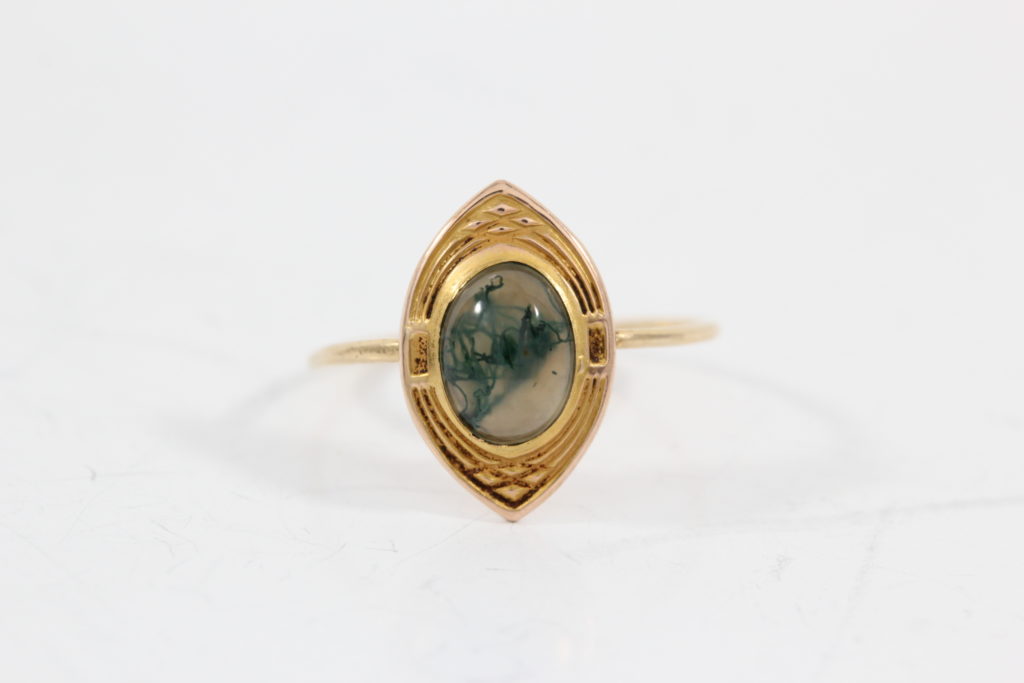Platinum vs. White Gold: The Best Metal For Jewelry
Written by Annabelle
September 11, 2019
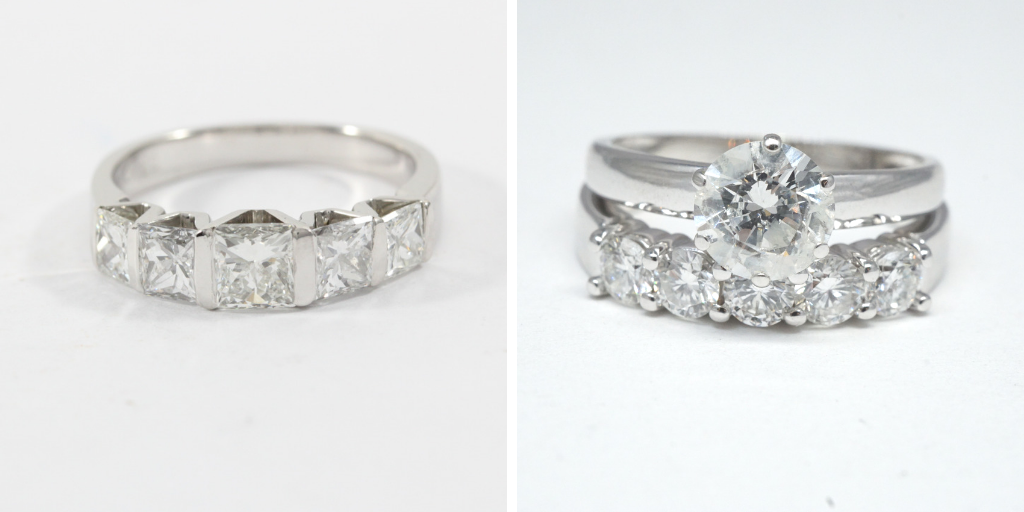
You're debating between several options for your next jewelry purchase, and you just can't make up your mind. You know you want a silvery-white color for that perfect piece, but the variety of metals available is simply bewildering. There's white gold or platinum- which one should you choose? Learn more about platinum vs. white gold here.
Why Choosing The Right Jewelry Metal Is Important
Not all metals are created equal! The metals used in jewelry all have their own unique physical properties, and certain metals are better for certain lifestyles because of durability or price point. For instance, if you're an active person who works with their hands in strenuous activities all the time, a platinum ring probably isn't the best jewelry for you if you don't like scratches on your ring. Below we've broken down the pros and cons of each metal, as well as alternatives you can consider!
Platinum Vs. White Gold: The Pros and Cons
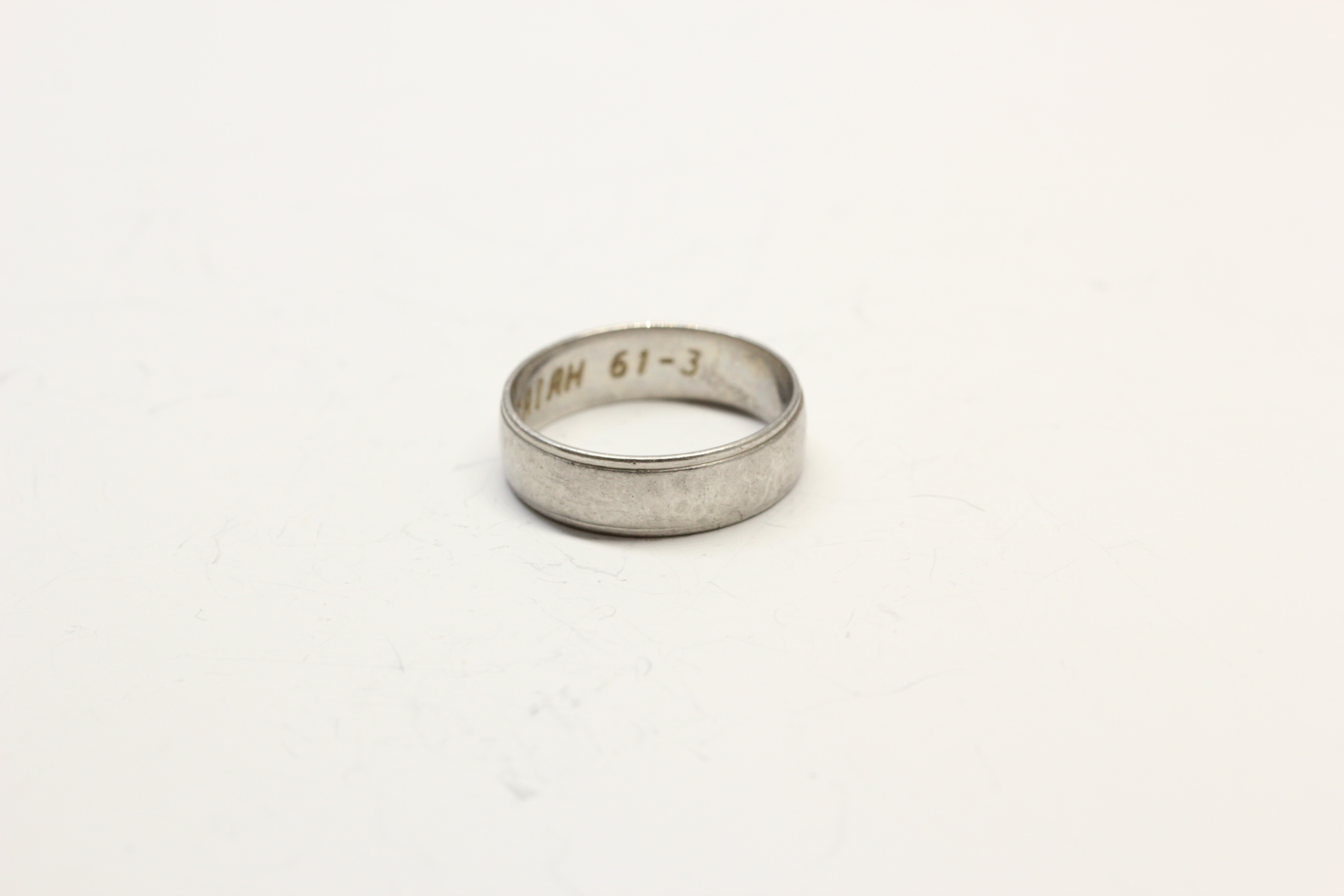
This platinum ring is extremely scuffed and worn.
Platinum: This naturally silvery-white metal is a wonderful choice for people who want the aesthetic of silver without tarnishing or allergic reactions. Unlike gold, platinum is normally manufactured at very high percentages, so a piece of platinum jewelry that you buy is more than likely to be 95% platinum. Due to this high content, platinum is generally more expensive than gold and has better resale value. It's also less likely to break or wear down in terms of prong work.
The downside of platinum is that it scratches like nothing else. This is a problem for people who enjoy shiny jewelry- many platinum items come in matte or brushed finish to help conceal its tendency for scuffing. If you want that shine, platinum isn't the best choice.
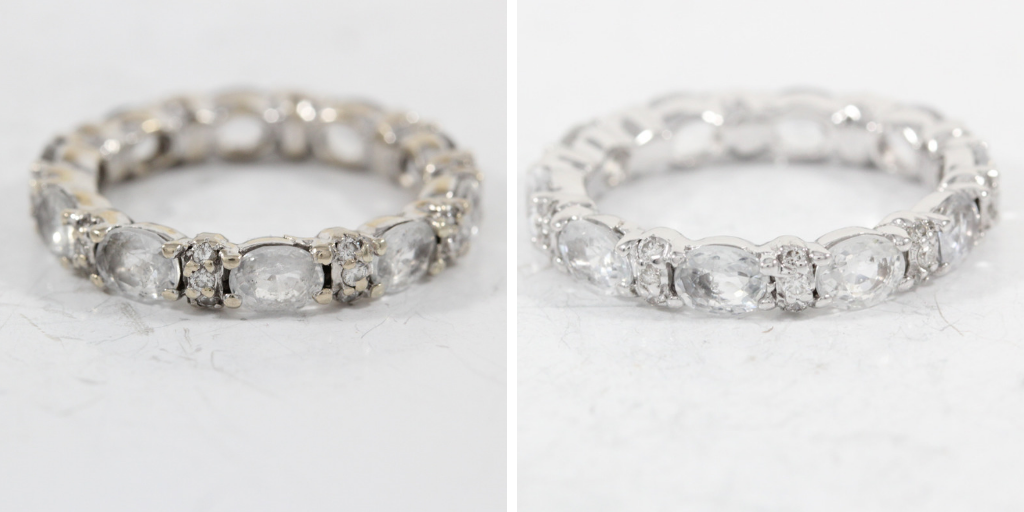
This white gold ring was yellowish due to missing rhodium plating.
White Gold: Unlike platinum, white gold doesn't occur naturally. It's actually an alloy of yellow gold and other metals such as silver, nickel, and palladium. The additional metals strengthen the alloy and lighten the original yellow color of the gold to a paler shade. Compared to platinum, white gold is softer, but less likely to scratch at lower karat content such as 14k. It's also comparatively cheaper than platinum, especially at 10k (41.6% gold) or 14k (58.3% gold), because the content of precious metal is lower than the standard 95% for platinum.
On the other hand, white gold is actually a misnomer. The silvery shine of white gold doesn't actually come from the metal itself, but an industry-standard plating of rhodium, another precious metal that is known for its durability and bright color. Without plating, white gold is actually a pale yellowish color. This becomes evident after wear; when the plating on white gold wears thin, you'll be able to see the light yellow color underneath. As a result, white gold items have to be taken into a jeweler's for polishing and re-plating on a regular basis.
Platinum vs. White Gold: Care and Maintenance
With both platinum and white gold, it's important to do the following:
- Polishing: A big “must,” but especially for platinum, since it's so scratch-prone! Don't get stuck in the mindset that polishing is just buffing the item to a high polish, however- we have some customers who come in to specifically request that we apply a matte or brushed finish to the ring in order to “hide” its scratches.
- Cleaning: Rings really need this service, but it's just a good policy to get your jewelry professionally cleaned once in a while. The oils on your skin and the chemicals that you come into contact with will affect the metal, especially for white gold. Chlorine is especially dangerous to jewelry metals and will eat away at gold, leaving pitting all over the surface.
- Prong rebuilding: More so than platinum, white gold needs to have prongs checked once in a while as the metal is soft and wears down fast. This leaves your stones loose and exposed. The jeweler will add metal to re-tip or rebuild any missing prongs, securing the stone properly.

This vintage white gold ring had prongwork and rhodium plating applied.
For white gold, it's extremely important to get your items rhodium plated! The jeweler will automatically re-apply rhodium after polishing, as the polishing process removes any kind of plating.
Alternatives to Platinum and White Gold
If you're not really interested in platinum or white gold because of durability and discoloration issues, consider some of the options below!

A modern palladium ring.
- Palladium: This rare and naturally occurring metal is white in color and won't change, unlike white gold. It has less heft than white gold and platinum, making it feel “light,” and isn't as available as white gold and platinum in terms of styles, but it can often be more affordable than platinum.

A stainless steel ring set with blue diamonds.
- Stainless Steel: Stainless steel is extremely durable, hypoallergenic, and does not tarnish or change color. It has great weight and can be used to create a minimalist, sleek look for certain jewelry designs. While it's not as light in color as palladium or platinum, it's still a silvery metal that is great for very active people. Stainless steel can also be resized if sent to a jeweler with the correct equipment.
Now you can see why it's important to choose your metal wisely! So tell us: platinum vs. white gold, which one is the winner? Or would you opt for an alternative instead? Let us know in the comments below!
